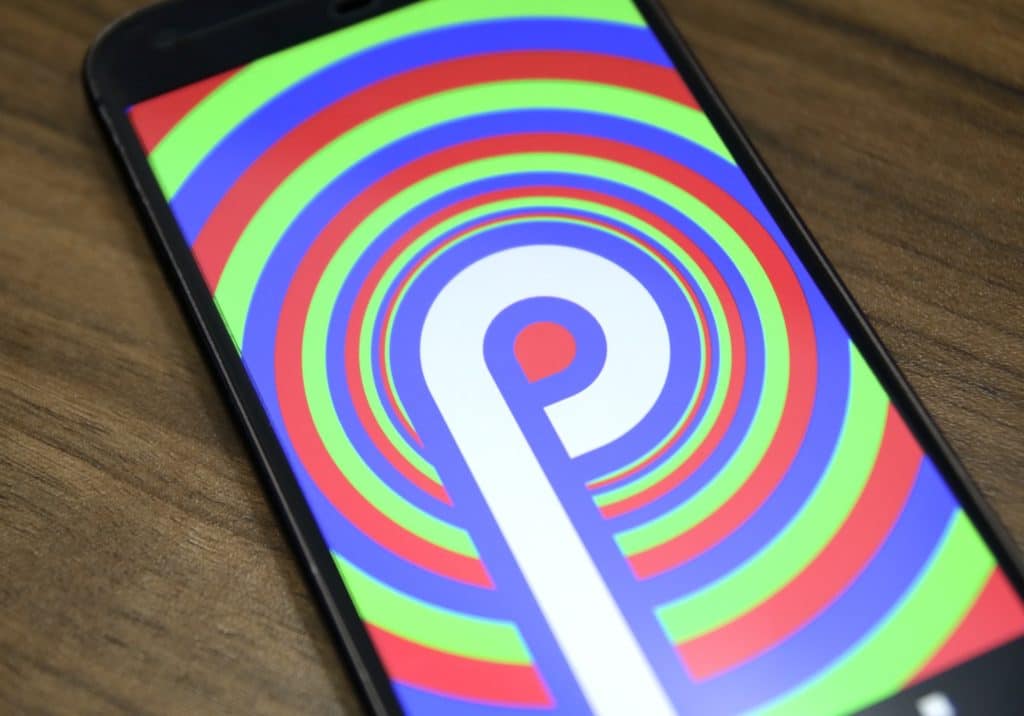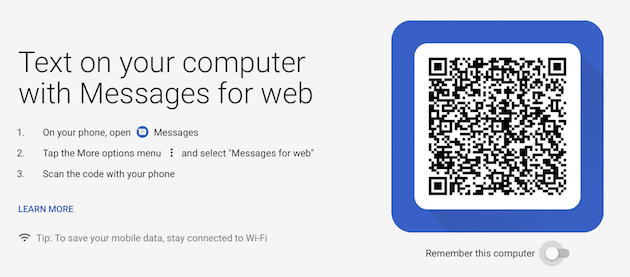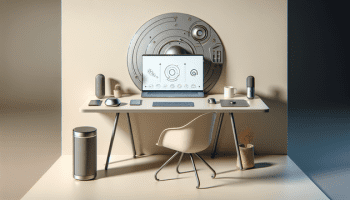
Google today released the first Developer Preview of Android P for compatible Nexus and Pixel devices. This is still a very early version of Android P which is primarily meant for developers and it hardly contains any major user-facing changes.
Over on its developer website, Google has highlighted some of the changes in Android P which are mostly related to the low-level APIs. Firstly, as leaks had pointed, Android P adds supports for displays with a notch as seen on the Essential Phone. With more Android phones expected to adopt the notch in the near future, Google is making the smart move by adding support for it natively in the OS.

By adding support for 802.11mc Wi-Fi protocol a.k.a Wi-Fi Round-Trip-Time in Android P, Google is making indoor positioning possible for third-party apps on compatible devices.

With Android P, Google is once again making improvements to the notification system of the OS. The improvements build on the new notification system that Google first debuted with Android Nougat and further refined with Android Oreo. This includes an improved Direct Reply feature and support for Smart Replies. Notification channels and Do Not Disturb feature have also been improved in Android P. The notification shade does have a new look but Google is known to keep tweaking it so it is unclear if this change will stick around until the final release of Android P or not.

Android P is also making it possible for developers to access streams from two or more physical cameras on a device at the same time. This will come in handy with devices featuring a dual-camera setup at the rear as it allows for features like seamless zoom, stereo vision, and bokeh mode. The Autofill framework which Google first introduced with Android 8.0 has also been further improved in Android P.
Android P also adds support for HDR VP9 Profile 2 thereby allowing apps like YouTube, Play Movies and others to deliver and playback HDR content on compatible devices. The OS also adds support for HEIF — High Efficiency Image File Format — which is primarily used by Apple on its latest iPhones.
As you can see from the changes above, the first Developer Preview of Android P primarily contains more developer oriented changes than user-facing changes. For now, Google has only released the first Developer Preview of Android P for its first and second-generation Pixel devices. The factory images are available for download over at Google’s website. The company also intends to resume its Android Beta program down the line once Android P contains more user-facing changes.
[Via Android Developers]
















